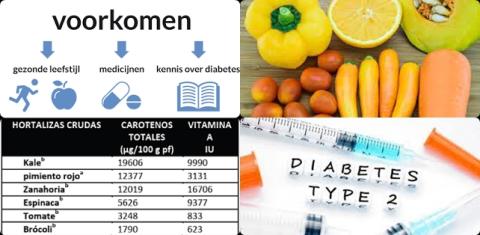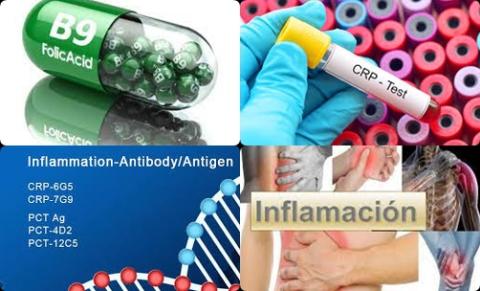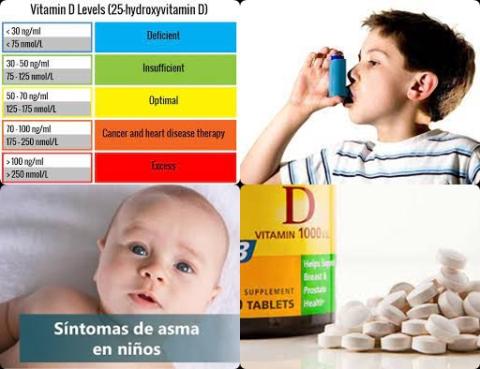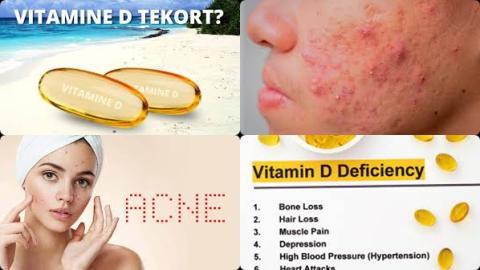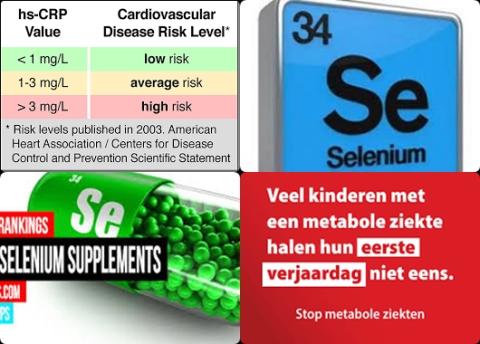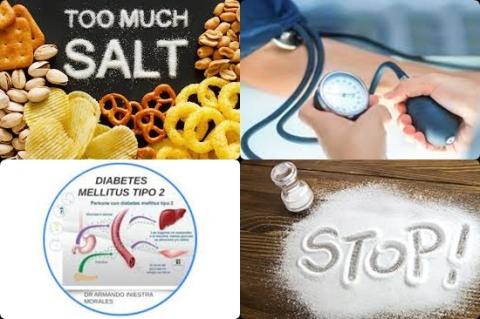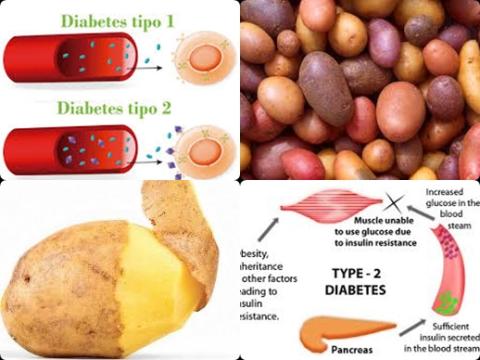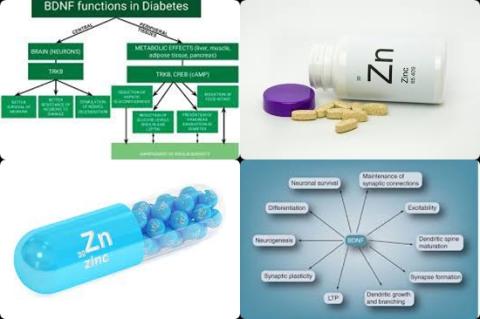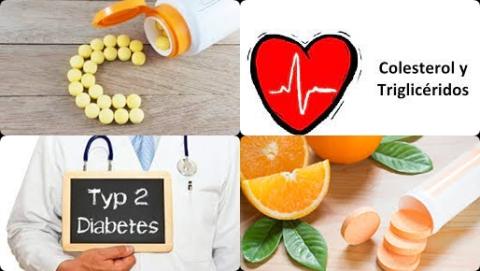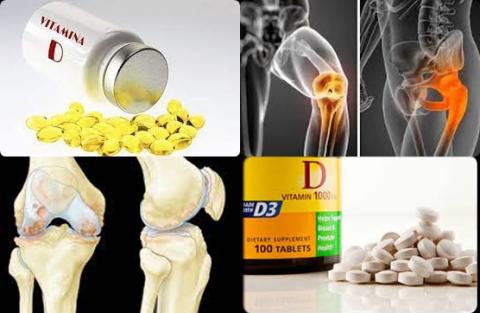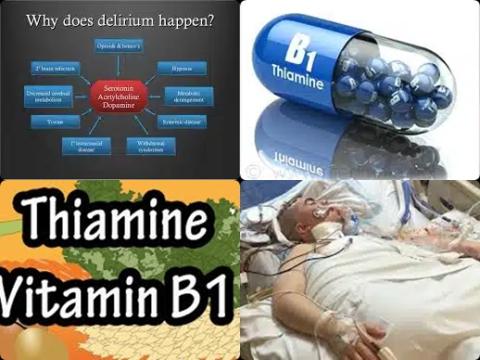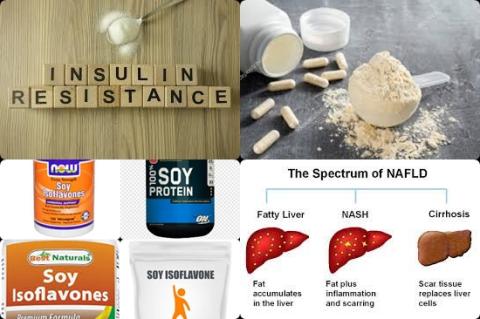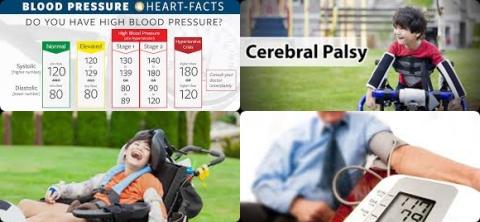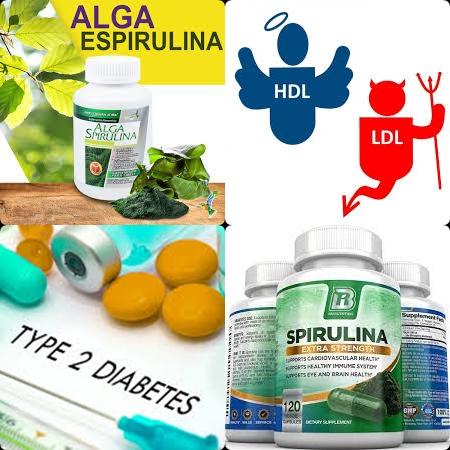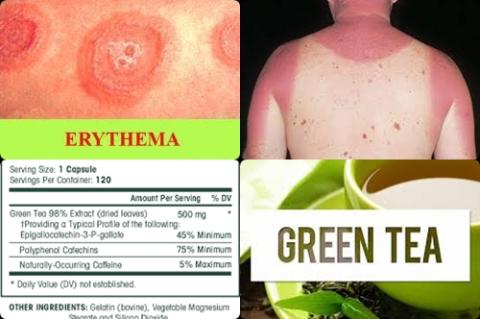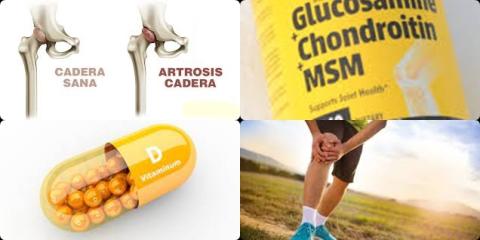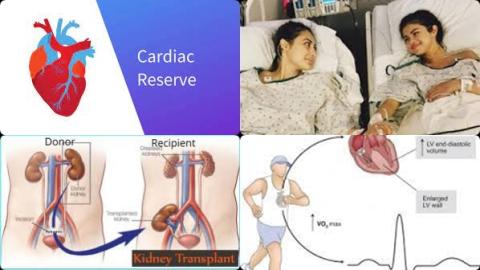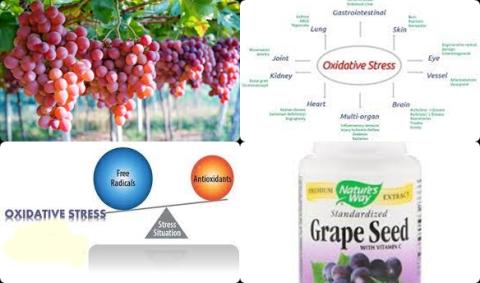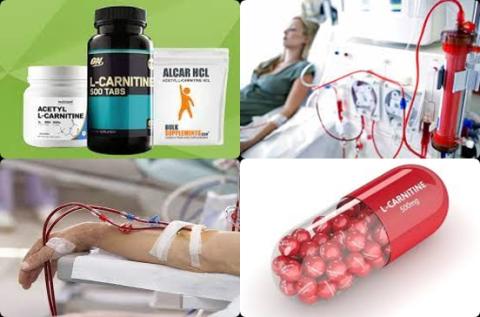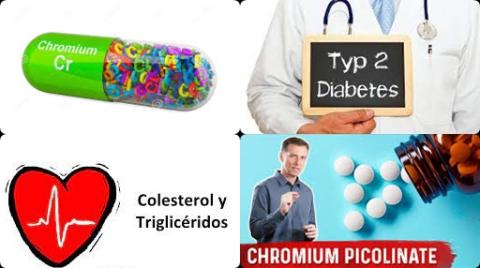No difference in seroconversion between 3 doses of fIPV and 3 doses of full-dose poliovirus vaccine
Objectives:
Since WHO recommended introduction of at least a single dose of inactivated poliovirus vaccine (IPV) in routine immunisation schedules, there have been global IPV shortages. Fractional-dose IPV (fIPV) administration is one of the strategies to ensure IPV availability. Therefore, this review article has been conducted.
Is there a difference in seroconversion and antibodies response between fractional-dose IPV (fIPV) and full-dose IPV?
Study design:
This review article included 14 articles: 2 ongoing trials and 12 articles reporting on 10 completed studies.
The seroconversion meta-analysis for the three-dose comparison was homogeneous [p = 0.45, I2 = 0%], whereas heterogeneity was observed in the two-dose [p 0.00001, I2 = 88%] and one-dose [p = 0.0004, I2 = 74%] comparisons.
Heterogeneity was observed in meta-analyses of GMTs for one-dose [p 0.00001, I2 = 92%, two-dose [p = 0.002, I2 = 80%] and three-dose [p 0.00001, I2 = 93%] comparisons. Findings for types 1 and 3 were similar to those for type 2.
The certainty of the evidence was high for the three-dose comparisons and moderate for the rest of the comparisons.
Results and conclusions:
The investigators found for poliovirus type 2, there were no significant differences in the proportions of seroconversions between fractional and full doses of IPV for 2 or 3 doses: the risk ratio for serconversion at 1 dose was 0.61 [95% CI = 0.51 to 0.72], at 2 doses was 0.90 [95% CI = 0.82 to 1.00] and at 3 doses was 0.95 [95% CI = 0.91 to 1.00].
The investigators found geometric mean titres (GMTs) for poliovirus type 2 were lower for fIPV than for full-dose IPV [-0.51, 95% CI = -0.87 to -0.14] at 1 dose [-0.49, 95% CI = -0.70 to -0.28] at 2 doses and [-0.98, 95% CI = -1.46 to -0.51] at 3 doses.
The investigators concluded that there is no substantial difference in seroconversion between 3 doses of fractional-dose IPV (fIPV) and 3 doses of full-dose poliovirus vaccine (IPV), although the full dose gives higher titres of antibodies for poliovirus type 1, 2 and 3. Use of fractional IPV instead of the full dose can stretch supplies and possibly lower the cost of vaccination.
Original title:
Fractional dose compared with standard dose inactivated poliovirus vaccine in children: a systematic review and meta-analysis by Mashunye TR, Ndwandwe DE, [...], Wiysonge CS.
Link:
https://pubmed.ncbi.nlm.nih.gov/33939958/
Additional information of El Mondo:
Find more information/studies on RCTs/cohort/significantly/review article, vaccination and malnutrition right here.
